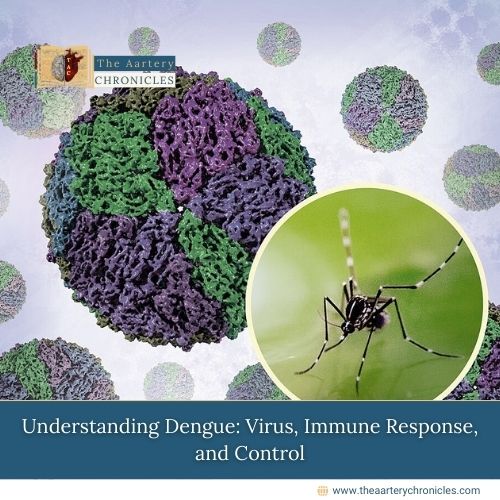

Why People in the Philippines Eat Pagpag Daily
In the Philippines, especially in poorer areas like Tondo in Metro Manila, some people survive by eating pagpag a dish made from leftover fast food found in garbage bins. The word pagpag in Tagalog means “to shake off the dirt,” which refers to the process of trying to clean the discarded food before cooking it again.
Recently, a video shared by Instagram user @arabzclipz went viral. It shows two content creators picking out old, thrown-away food, cleaning it, and frying it to make a meal. One of them even hesitated to eat the food, admitting that although it looked decent, it was mostly bones and had come from the trash.
Why Is Pagpag Eaten?
For many families living in extreme poverty, pagpag is not a choice it’s a necessity. In places where daily meals are not guaranteed, people collect expired or discarded meat, vegetables, or fast food from bins behind restaurants or supermarkets. After cleaning and cooking it usually by deep frying it becomes their only meal of the day.
This practice, while deeply troubling, reflects the serious issue of food insecurity and malnutrition in the country.
Public Reaction to the Video
The video has reached over 1.8 million views and sparked strong emotional responses. Many viewers expressed shock and sadness. One user commented, “Lord, if I was ever ungrateful, please forgive me,” while another said, “This makes me grateful I can eat what I want.”
Some viewers also shared their own experiences of poverty, recalling times they had to live on the streets or eat scraps just to survive.
A Look at Hunger in the Philippines
According to the 2024 Global Hunger Index, the Philippines ranks 67th out of 127 countries, falling into the “moderate hunger” category. In comparison, India ranks 105th and is classed as having “severe hunger.”
While pagpag is not a new phenomenon in the Philippines, the viral video brought this fact to the attention of a global audience. It demonstrates how deep-rooted hunger and inequality drive people to extreme measures to survive.
Health Risks of Eating Pagpag
Although pagpag may look appetizing after cooking, it carries serious health risks:
- Food poisoning due to bacteria in spoiled or contaminated food
- Parasitic infections from undercooked or improperly cleaned meat
- Long-term malnutrition, as the food often lacks proper nutrients
Healthcare experts warn that eating such food can increase the spread of gastrointestinal diseases, especially among children and the elderly, who are more vulnerable.
What Can Be Done?
Addressing this issue requires more than temporary aid. It calls for long-term solutions such as:
- Improving access to affordable, nutritious food
- Creating livelihood opportunities in poor communities
- Supporting local health education on safe food practices
Government programs and non-profit organizations play a critical role in making sure families don’t have to rely on discarded food to survive.
Conclusion
Pagpag is more than just a viral trend it is a stark reminder of the daily struggles faced by millions. As the world focuses more on reducing food waste and fighting global hunger, stories like this highlight the urgent need for compassionate, sustainable solutions.
Let this be a call not only to be grateful for what we have but also to help create a world where no one has to eat from the trash to survive.
Source: Inputs from various media Sources

Priya Bairagi
Reviewed by Dr Aarti Nehra (MBBS, MMST)
I’m a pharmacist with a strong background in health sciences. I hold a BSc from Delhi University and a pharmacy degree from PDM University. I write articles and daily health news while interviewing doctors to bring you the latest insights. In my free time, you’ll find me at the gym or lost in a sci-fi novel.








